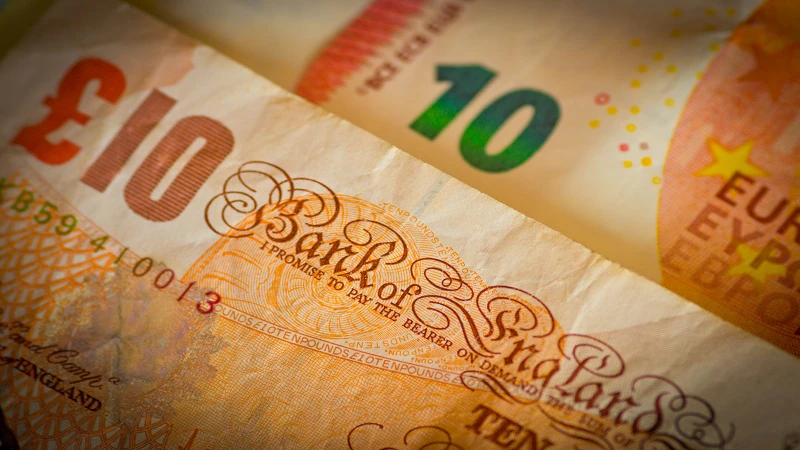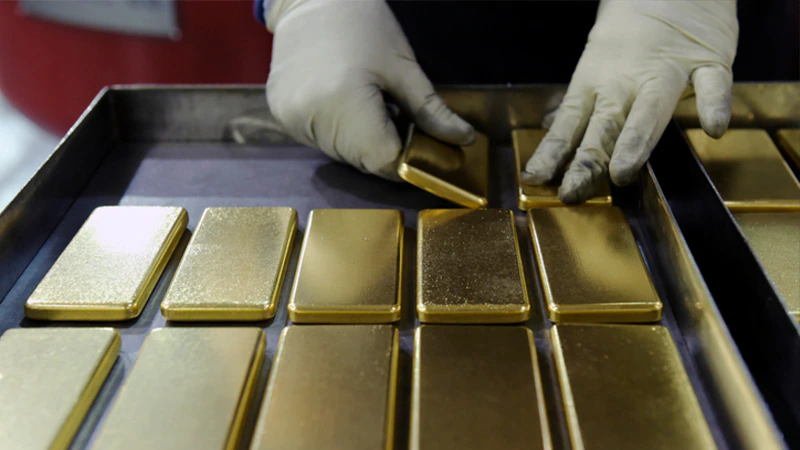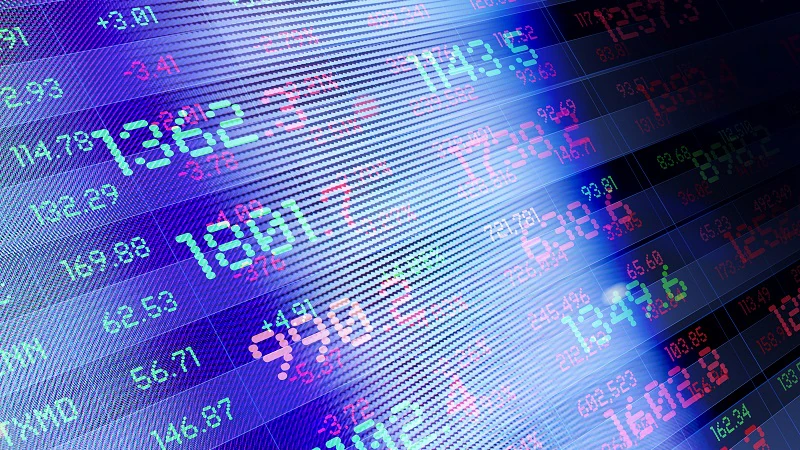The outlook for the euro and the British pound amid rising US tariffs
Europe’s major currencies strengthened significantly against the dollar in early 2025 as a worsening US economic outlook caused portfolio investments to diversify towards Europe and the UK relative to the US. “We think dollar weakness is likely to extend — in large part because US policy shifts, including tariffs, have raised uncertainty and are likely to weigh on US economic growth, corporate earnings, and consumer sentiment,” says Kamakshya Trivedi, head of Global Foreign Exchange, Interest Rates, and Emerging Markets Strategy Research at Goldman Sachs Research. “That combination, alongside the fact that people are over-allocated to US assets, means that there is a shift taking place that benefits other currencies — chiefly the euro, but also the pound,” he adds. The euro has strengthened 9.8% relative to the US dollar in the year to date (as of May 5). The pound has also gained 6.6% relative to the dollar in the same period. In addition to a rethink of the return and risk prospects of US assets, Trivedi says, the gains in the euro and the pound are likely driven by more optimism about Europe and the UK. In particular, he points to the prospect of higher fiscal spending in Germany following the government’s reform of the country’s debt brake, which prompted our economists to upgrade their growth forecasts for Europe’s economy. “It’s not just that you’ve had an erosion of US return prospects. It’s also the case that there is more optimism about European fiscal spending and the potential for Europe to provide alternative safe assets that people can invest in,” Trivedi says. Goldman Sachs Research expects this trend to continue, with the euro forecast to be worth $1.20 and the pound projected to be worth $1.39 in 12 months, up from $1.13 and $1.33 currently (as of April 29). We spoke with Trivedi about the outlook for the euro and the pound. How rare is it that a major currency strengthens to this extent against the dollar? The starting point is that we’ve had many years of dollar strength, and so the dollar is quite overvalued on most conventional metrics and has been for many years. But Goldman Sachs Research has long been of the view that the dollar’s overvaluation would persist as long as US equity markets continue to deliver strong returns and US bonds continue to offer a very attractive package of high yield alongside value as a hedge for private-sector portfolios. The present moment is particularly noteworthy because both of those aspects are being questioned: The lower growth expectations for the US economy are likely to translate into lower company earnings, and people are questioning the return prospects of US equities. Also, some of the unusual correlations that we’ve seen between US equities and bonds has meant that people have been questioning the hedge value of US bonds within multi-asset portfolios. On the other hand, after many years where flows from within Europe have been allocated to US equities and US bonds, often currency unhedged, we’re now seeing a bit of a reversal where people are more optimistic about the return and earnings prospects in Europe. At the same time, German and even UK government bonds have actually performed better as hedge instruments through the month of April. In other words, after many years of US assets being pre-eminent, we’re starting to see a shift. A lot of both European and global investors have huge allocations to the US. That imbalance has been built up over a number of years, and it will take a long time to reverse. This shift is just beginning to happen, and I think it has room to run. And so, while there has been a large move in the euro versus the dollar, based on Goldman Sachs Research’s metrics, the euro is still a long way away from its fair value. What’s driving the strengthening of the British pound? In late 2024 and early 2025, we saw the pound strengthening not just against the dollar, but also against the euro. In part, that was because the Bank of England’s rate easing path looked more hawkish than what was likely to play out in Europe. The combination of slightly stickier inflation and growth meant that the Bank of England was proving to be a hawkish outlier. That — alongside relatively resilient economic data — is part of the reason why the pound performed well on a broad basis. More recently, the euro has been on the front foot. It’s been the primary gainer versus the dollar in recent weeks, but the pound has gained as well. This also reflects the fact that the UK is somewhat less exposed to trade tensions than many other economies. The UK doesn’t have a particularly large goods trade imbalance with the US. Any exposure that it does have comes more from the fact that it’s an open economy, so it’s exposed to slower growth in the rest of the world, including in the euro area. What would a recessionary economic outlook for Europe and the UK mean for the euro and the pound? Currencies are a relative asset at the end of the day: It’s not just about what’s happening in one place. For one currency to appreciate, you normally need to see better relative growth and asset market prospects in that part of the world. And so if the economic data become significantly worse in Europe compared with the rest of the world, I think you would see some correction from the very sharp moves that we have seen in the euro and pound versus the dollar. In general, as global investors are “right-sizing” their exposure to Europe and the UK relative to the US, there’s probably some degree of growth slowdown or bad economic data that investors are willing to stomach. But of course, ultimately it will be about the return prospects of the assets in the region. If Europe can’t deliver stronger growth and better returns, I think that will limit the potential extent
The outlook for the euro and the British pound amid rising US tariffs Read More »









